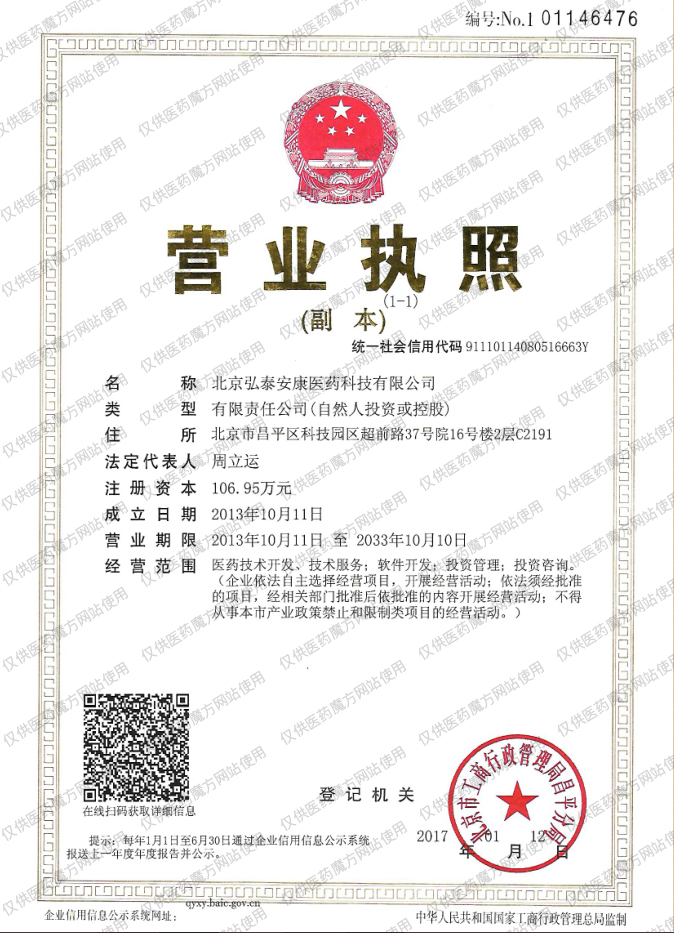Lynparza gets FDA okay in first-line ovarian cancer maintenance
And Enhertu gets breakthrough status for stomach cancer

AstraZeneca and Merck & Co’s market-leading PARP inhibitor Lynparza has barely put a foot wrong since it was first launched, but a new FDA approval hands a slim advantage to a rival drug in the class from GlaxoSmithKline.
Lynparza (olaparib) has been given a green light by the FDA for first-line maintenance of treatment of ovarian cancer, but only in patients with homologous recombination deficiency (HRD) mutations in their tumours, and only when used in combination with Roche’s Avastin (bevacizumab).
The approval comes just over a week after GlaxoSmithKline got the go-ahead for its PARP drug Zejula (niraparib) in the same first-line maintenance indication but in all patients, regardless of the biomarker profile of their tumours, and on its own.
Prior to the latest decision Lynparza had been indicated for first-line maintenance use in ovarian cancer patients with the BRCA mutation, so the new label does make the drug suitable for a wider patient population.
The FDA approval comes on the back of the PAOLA-1 study which involved advanced ovarian cancer patients who have responded to first-line treatment with platinum-based chemotherapy and Avastin.
The results showed there was a 41% lower risk of their disease progressing or death for Lynparza plus Avastin maintenance therapy compared to Avastin plus placebo. Progression-free survival (PFS) was extended to 22.1 months from 16.6 months with the addition of AZ and Merck’s drug.
After two years, 46% of patients treated with Lynparza added to Avastin showed no disease progression, compared to 28% of patients treated with Avastin alone. However, most of that benefit came from the HRD-positive group, which had a 67% improvement in PFS – when these were excluded, adding Lynparza to Avastin only led to an 8% gain.
Analysts have suggested that Lynparza’s strong recognition and heritage in first-line maintenance will allow it to capture the HRD-positive end of the market, which according to AZ is around half of all cases of advanced ovarian cancer. That will of course depend on persuading physicians to test for HRD status.
For patients without the mutation, the choice becomes either Avastin or Zejula, as GSK’s drug has approval for use as a monotherapy only, not in combination.
For now, Lynparza retains its position at the top of the PARP market, thanks to established use in ovarian and breast cancer, a new indication in pancreatic cancer and – possibly within the next few months – an expansion into prostate cancer.
The drug made $1.2bn last year, and grew 67% to nearly $400m in the first three months of 2020. Zejula meanwhile – acquired by GSK as part of its $5.1bn takeover of Tesaro – made $100m in the first quarter.
Enhertu gets breakthrough status for stomach cancer
There was more good news for AZ this week when the FDA granted a breakthrough designation for HER2-targeting antibody-drug conjugate Enhertu (trastuzumab deruxtecan) as a third-line treatment for HER2-positive stomach cancer.
Enhertu is already on the US market as a third-line treatment for HER2-positive breast cancer, but AZ and partner Daiichi Sankyo have ambition to extend the use of the drug across multiple tumour types. Approximately one in five gastric cancers are HER2-positive.
AZ needs the drug to be used widely – it licensed rights to Enhertu last year for a hefty $1.35bn upfront in a deal that could eventually be worth up to $6.9bn if development and sales milestones are met.
“Current therapy options are limited for patients with HER2-positive metastatic gastric cancer and for those who relapse, there are no approved HER2-targeted medicines,” commented AZ’s head of oncology José Baselga.
AstraZeneca and Merck & Co’s market-leading PARP inhibitor Lynparza has barely put a foot wrong since it was first launched, but a new FDA approval hands a slim advantage to a rival drug in the class from GlaxoSmithKline. Lynparza (olaparib) has been given a green light by the FDA for first-line maintenance of treatment of ovarian cancer, but only in patients with homologous recombination deficiency (HRD) mutations in their tumours, and only when used in combination with Roche’s Avastin (bevacizumab). The approval comes just over a week after GlaxoSmithKline got the go-ahead for its PARP drug Zejula (niraparib) in the same first-line maintenance indication but in all patients, regardless of the biomarker profile of their tumours, and on its own. Prior to the latest decision Lynparza had been indicated for first-line maintenance use in ovarian cancer patients with the BRCA mutation, so the new label does make the drug suitable for a wider patient population. The FDA approval comes on the back of the PAOLA-1 study which involved advanced ovarian cancer patients who have responded to first-line treatment with platinum-based chemotherapy and Avastin. The results showed there was a 41% lower risk of their disease progressing or death for Lynparza plus Avastin maintenance therapy compared to Avastin plus placebo. Progression-free survival (PFS) was extended to 22.1 months from 16.6 months with the addition of AZ and Merck’s drug. After two years, 46% of patients treated with Lynparza added to Avastin showed no disease progression, compared to 28% of patients treated with Avastin alone. However, most of that benefit came from the HRD-positive group, which had a 67% improvement in PFS – when these were excluded, adding Lynparza to Avastin only led to an 8% gain. Analysts have suggested that Lynparza’s strong recognition and heritage in first-line maintenance will allow it to capture the HRD-positive end of the market, which according to AZ is around half of all cases of advanced ovarian cancer. That will of course depend on persuading physicians to test for HRD status. For patients without the mutation, the choice becomes either Avastin or Zejula, as GSK’s drug has approval for use as a monotherapy only, not in combination. For now, Lynparza retains its position at the top of the PARP market, thanks to established use in ovarian and breast cancer, a new indication in pancreatic cancer and – possibly within the next few months – an expansion into prostate cancer. The drug made $1.2bn last year, and grew 67% to nearly $400m in the first three months of 2020. Zejula meanwhile – acquired by GSK as part of its $5.1bn takeover of Tesaro – made $100m in the first quarter. Enhertu gets breakthrough status for stomach cancer There was more good news for AZ this week when the FDA granted a breakthrough designation for HER2-targeting antibody-drug conjugate Enhertu (trastuzumab deruxtecan) as a third-line treatment for HER2-positive stomach cancer. Enhertu is already on the US market as a third-line treatment for HER2-positive breast cancer, but AZ and partner Daiichi Sankyo have ambition to extend the use of the drug across multiple tumour types. Approximately one in five gastric cancers are HER2-positive. AZ needs the drug to be used widely – it licensed rights to Enhertu last year for a hefty $1.35bn upfront in a deal that could eventually be worth up to $6.9bn if development and sales milestones are met. “Current therapy options are limited for patients with HER2-positive metastatic gastric cancer and for those who relapse, there are no approved HER2-targeted medicines,” commented AZ’s head of oncology José Baselga

扫码实时看更多精彩文章



